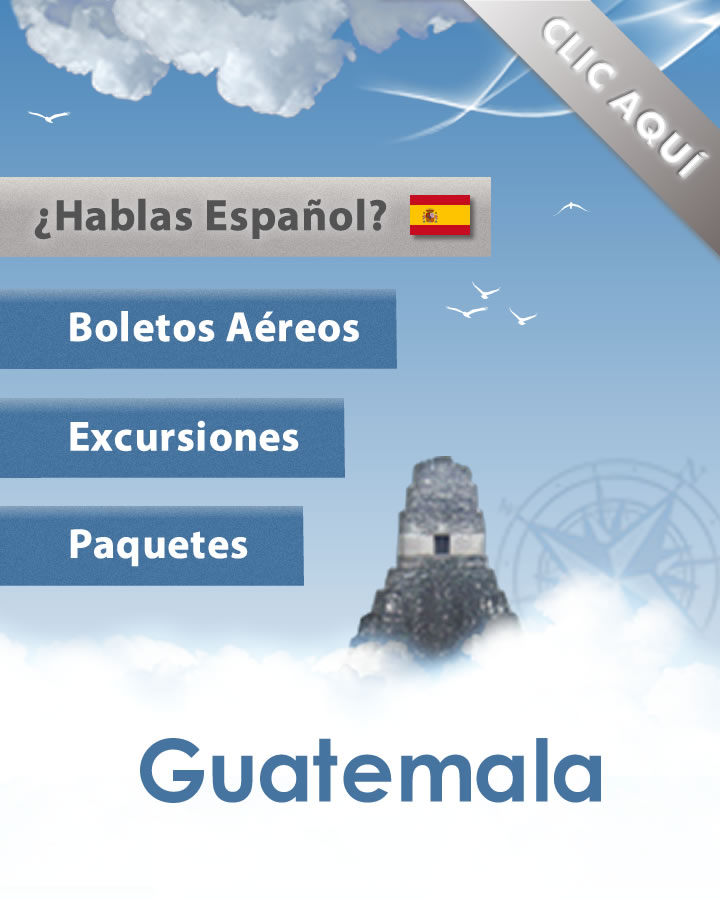Home > Departments > Jalapa
Jalapa
Sand and bread are two words that are linked to the name Jalapa, maybe because this place distinguishes itself through its beauty and abundance, a product of natural conditions that make this a region of various contrasts.
For some natives the name Jalapa means “sandy places”, for others “sand and bread”. Either way the name certainly refers to the magnificent mountains and fertile valleys. Its topographic aspects are earmarked by the mountainous regions which constitute most of the department’s territory. Cold weather predominates the region, especially in the municipal districts of San Carlos Alzatate and Mataquescuintla. The rest of the department, for example the municipality of Monjas, is characterized by valleys and plane lands which are characterized by a warm weather.
The department has many rivers some wide as the Jalapa, Grande or Guastatoya, Ostua or Grande, Platanos and Monjas Rivers, and others smaller like the Tapalapa, Juan Cano, Uxtena and Urlanta Rivers.
Jalapa’s economy is based on agriculture and because of the climate conditions it is a good place to grow agricultural products of three different weathers, like corn, black beans, rice, potatoes, yucca, chili, coffee, bananas, tobacco, sugar cane, wheat, among others. At the soil and subsoil there is an abundance of unexploited treasures. Another important income source is the livestock, horse, and porcine industries, in addition to production of milk products, and production and trade of local typical handicrafts.
The department of Jalapa has two small lagoons, one of them located on the way to the Jumay volcano and the other one in the crater itself. It has also many water streams and some thermal fountains. In addition, four volcanoes are located in this department: Jumay, Alzatate, Tahual, and Monterrico volcanoes, all of a magnificent presence with a view that should be appreciated. Also, some mountains reach high altitudes, like the Santiago, Soledad Grande, Soledad el Colorado, Samurra and Miramundo Mountains, all with view sites from where large extensions of land can be watched.
One of the most visited tourist site is the Balneario Los Chorros, formed by a river named the same. This beautiful place with its hot spring is located at the municipality of San Pedro Pinula. Another natural spa is the Agua Tibia, located on the road to Monjas, which represents the beauty of Jalapa and its natural resources.
Jalapa is a department with two well-defined types of life: indigenous and ladina. Indigenous are located at the municipalitys of San Luis Jilotepeque, San Pedro Pinula, and San Carlos Alzatate; the first two Pocoman of descendents. Of all of them a visitor can find traditional elements that reflect in their hand woven attires, customs, life habits, religious culture, social organization, and ritual folkloric dances. If there is a single feature that makes Guatemala unique, it is the living indigenous culture which envelopes daily life, especially in the highlands. Color, traditions, language, ritual and customs dominate in almost half of the country as Guatemala’s 23 ethnic groups proudly cling to their ancestral ways, differentiating their hometown by wearing their distinctive hand woven attire. The rest of the population has a Hispanic background and are called ladinos.
Local natives preserve the popular literature, beliefs, and over natural stories. Among the artesian industry are ceramics, glassed ceramic, wood and jarcia products, palm products, metal and stone handicraft, as well as leather products.
History
Jalapa was created as a Department in 1873 and separated from Jutiapa. Most of it’s architecture comes from Colonial times. On the fairs Bullfights and Jaripeos usually take place. The famous guatemalan poets Jose Maria Bonilla Ruano and Fausto Aguilera were born in Jalapa.Local fairs:
San Pedro Pinula, February 1-5; Monjas, February 6-9; San Manuel Chaparron, March 9-12; San Carlos Alzatate, March 11-16; San Luis Jilotepeque, December 13-16; Jalapa, May 2-5; Mataquescuintla, July 23-27; San Luis Jilotepeque, August 25.
Share with Friends:
Share on Facebook Share on Twitter Share on Google+
